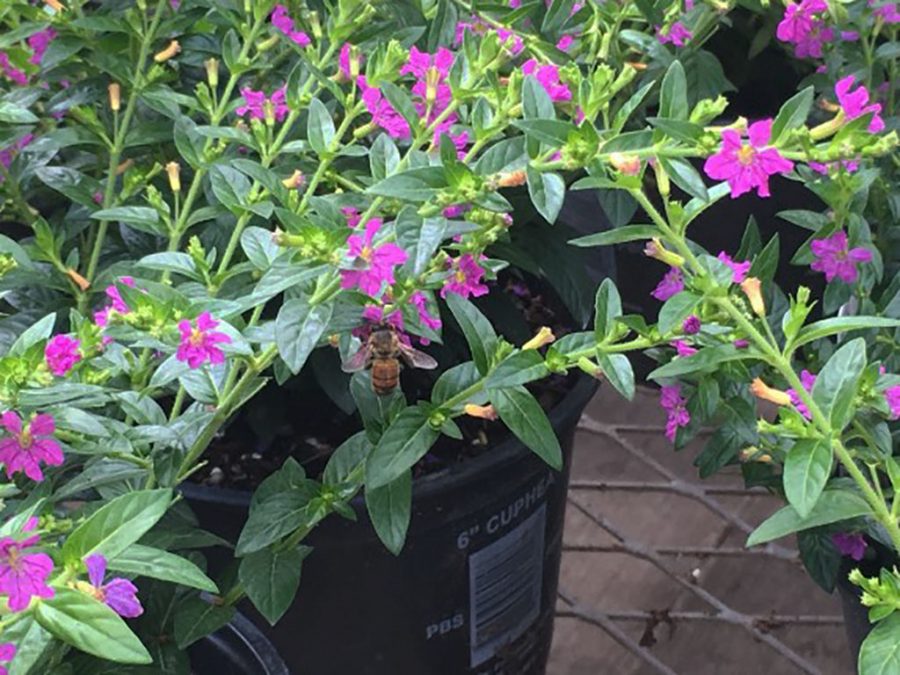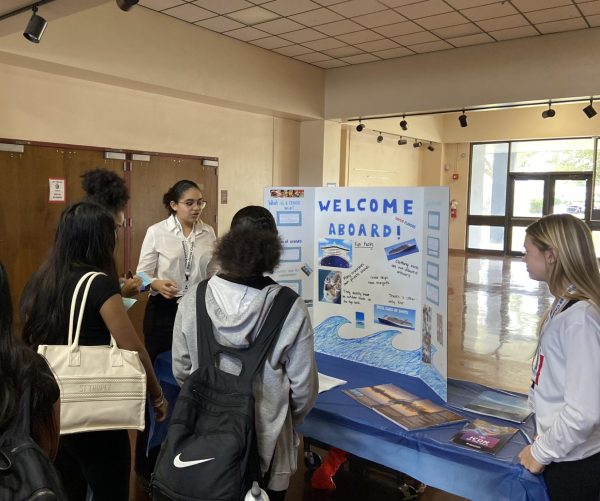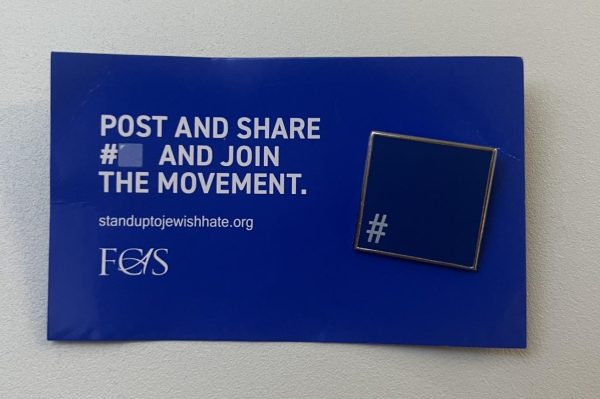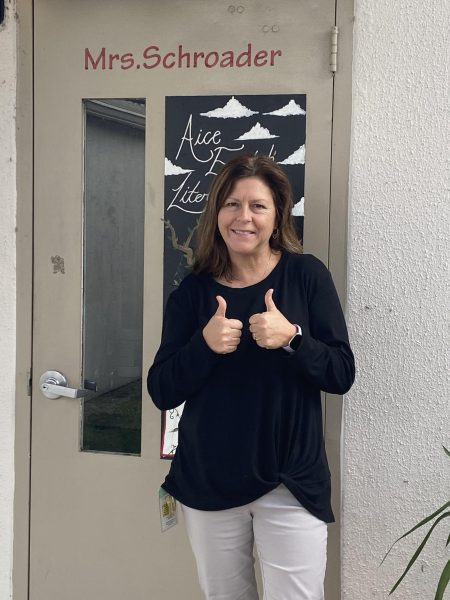How You Can Save the Bees
A bumble bee pollinating a flower.
September 1, 2016
Early in the morning, you probably wake up to the chirping of birds, or to the sun’s rays beaming through your window. If we all looked a little closer, we’d notice that we wake up to the buzzing of bees too. Like most people, bees wake up with a purpose.
Every single day, that purpose is to fly around from shrubs to trees, flowers, and other plants to collect pollen by sticking it to their fluffy bodies and wings.
Like fairy dust, when zipping through the air, carrying the pollen back home to their hive, pollen falls onto the soft petals of other flowers creating many more. That’s pollination, and that pollination creates the plants human need to live.
But for a while now, bees have been dying off, poisoned by the toxic pesticides and fertilizers used on the plants and flowers they pollinate.
Bees indirectly help us have access to a more organic supply of agriculture. If you want to leave behind a clean and healthy footprint, the key is to save the bees.
Here are three steps you can take to help save the bees:
Step 1 – Plant a bee-friendly garden. Avoid using poisonous fertilizer when taking care of your flowers and plants, there are always natural and organic alternatives that can be used in substitution, such as composting. Examples of flowers bees love are sunflowers, fuchsia, lilacs, and lavender.
Step 2 – Bees are always thirsty from carrying loads of pollen on their backs and wings, so put a small basin of fresh water near your garden. Make sure to add some stones in it so that they have a nice landing strip. That way they won’t accidentally fall in and drown.
Step 3 – Buy local raw honey, when you buy raw honey, it sends an obvious message to farmers on how to treat the bees. Raw honey comes from a beehives that have not been chemically contaminated.












